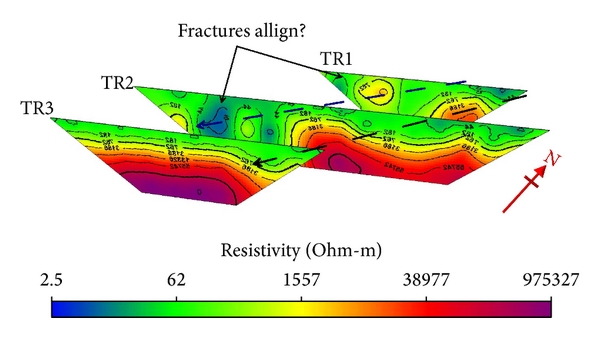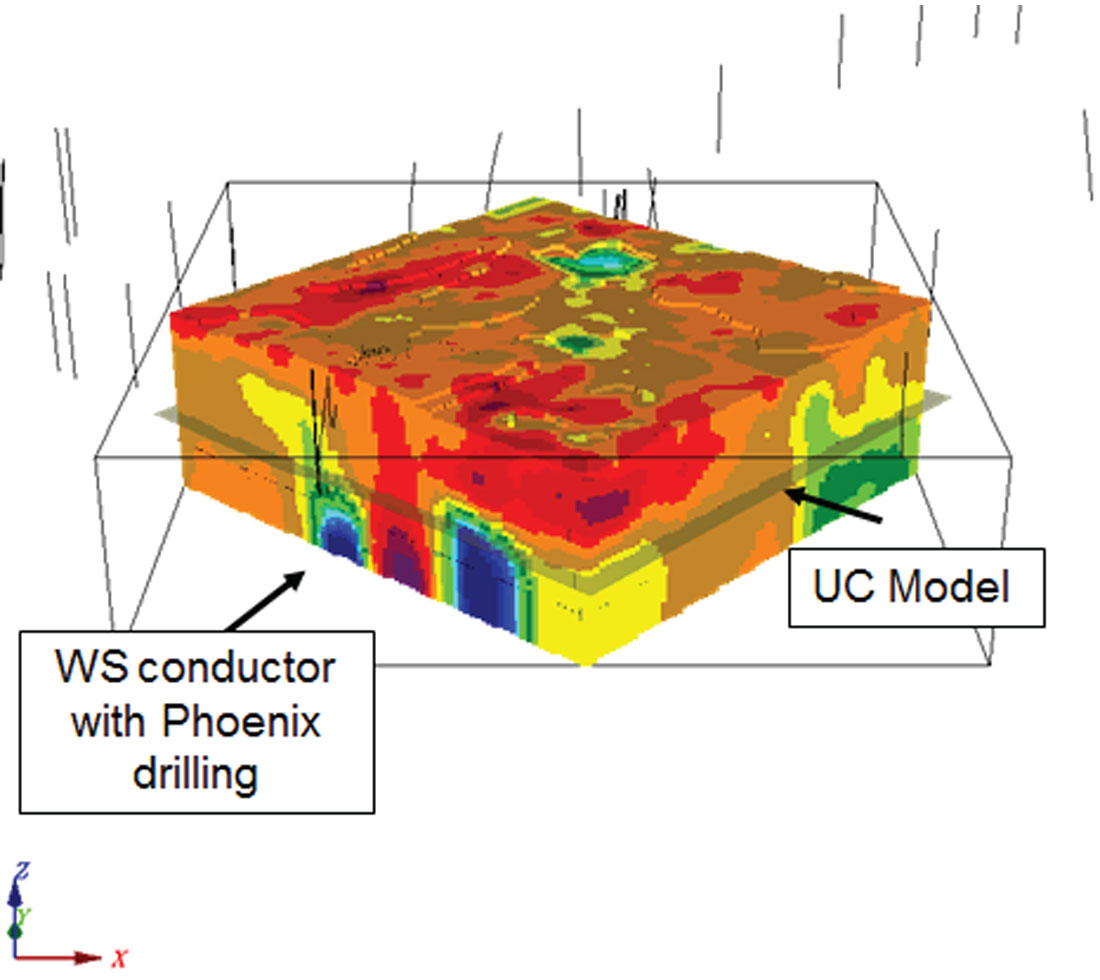
This uses previous images to guide the choice and design of future surveys. The resolution of the monitoring images can be improved by using an adaptive, optimal, experimental design method. Typically, ERT monitoring involves repeating the same survey on a time-lapse basis. Improved strategies for the automatic selection of optimized sets of electrical resistivity tomography measurement configurations. Wilkinson, P B, Meldrum, P I, Chambers, J E, Kuras, O, and Ogilvy, R D. Practical aspects of applied optimised survey design for electrical resistivity tomography.

Wilkinson, P B, Loke, M H, Meldrum, P I, Chambers, J E, Kuras, O, Gunn, D A, and Ogilvy, R D. Optimised survey design for electrical resistivity tomography: combined optimisation of measurement configuration and electrode placement. Uhlemann, S, Wilkinson, P B, Maurer, H, Wagner, F M, Johnson, T C and Chambers, J E. Optimised arrays for 2D resistivity survey lines with a large number of electrodes. Loke, M H, Wilkinson, P B, Chambers, J E, Uhlemann, S S, and Sorensen, J P R. Optimised arrays for 2D resistivity surveys with combined surface and buried arrays. Loke, M H, Kiflu, H, Wilkinson, P B, Harro, D, and Kruse, S. Computation of optimised arrays for 3D electrical imaging surveys. Loke, M H, Wilkinson, P B, Uhlemann, S S, Chambers, J E, and Oxby, L S. Optimised arrays for 2D cross-borehole electrical tomography surveys. Loke, M H, Wilkinson, P B, Chambers, J E, and Strutt, M. Parallel computation of optimised arrays for 2D electrical imaging surveys. Loke, M H, Wilkinson, P B, and Chambers, J E. Fast computation of optimised electrode arrays for 2D resistivity surveys. They have been shown to provide better image resolution than traditional arrays of the same size (e.g. PRIME) and have been tested using synthetic modelling studies both in the laboratory and in the field. These optimised surveys make efficient use of multichannel systems (e.g. Software has been developed that can automatically generate optimal electrode arrays for ERT surveys with 2D, 3D, cross-borehole and buried electrode arrays. Research is therefore ongoing into algorithms that can make use of this flexibility to maximise ERT image resolution. PRIME permits the use of arbitrary arrangements of electrodes and enables the collection of very large measurement sets that can cover extensive areas at high data density. Optimised survey design and image reconstructionĮlectrical resistivity tomography (ERT) surveys have tended to use well-understood, traditional electrode configurations to gather resistivity data.

Optimised survey design and image reconstruction.We have also developed inversion strategies to extract electrode movements from geoelectrical monitoring data, which reduces or eliminates image distortion for applications on unstable ground and enables the electrode grids to act as distributed motion sensors. joint analysis of geoelectrical and seismic imaging data.automated segmentation and clustering for image analysis.adaptive acquisition strategies for time-lapse monitoring applications.optimal survey design to maximise image information content.Recent advances in acquisition, reconstruction and analysis include: We are actively researching and developing new modelling and data analysis methods. What are we doing about climate change?īGS Geophysical Tomography (GTom) has analytical and numerical expertise in all aspects of geoelectrical theory and data processing.



 0 kommentar(er)
0 kommentar(er)
